When I moved from Lake Huron directly to Lake Superior I felt like I had skipped over Lake Michigan, so I headed South by SouthWest. After an unremarkable layover at Indian Lake State Park where rain kept me in the camper, I arrived at Fayette Historic State Park on the Northern shore of Lake Michigan.
Here I found a nice wooded campground with a site next to a local with a big yellow lab named Sugarbear, and a spectacularly preserved company town from the turn of the Century to explore.
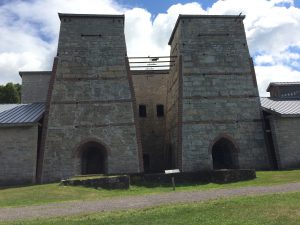
The centerpiece of the town is the twin blast furnaces that were the economic engine of Fayette for its 24 year lifespan. These furnaces were used to smelt iron bars from iron ore until the Jackson Iron Company shut down the operation in 1891, and with it the economy of the entire town. Fayette limped on for a few more years, getting by on fishing and putting tourists up in the old hotel until the property was sold for the unpaid taxes, eventually becoming a State Park in 1959.
Today Fayette is maintained as a snapshot of the state of industry and the life of laborers in post-Civil War America. The park service has exercised restraint in their efforts, attempting as much as possible to stabilize and preserve the structures wherever feasible in lieu of full-scale restoration. This approach has maintained an authentic Ghost Town feel to the place, so as you wander the expansive old town you gain a real empathy for the immigrants who came to this lonely spot on the North Shore in search of a better life.
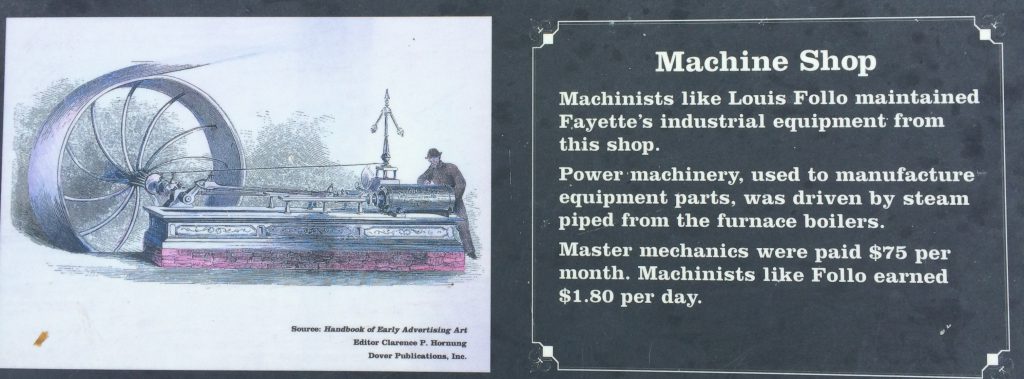
I spent most of a day exploring the old town, starting with the visitors center on the hill above and then moving to the furnace complex. The layout of the town sprawled from Snail Shell Harbor to the bluffs where the middle and upper-class families lived and then down to Slag Beach where the laborer cabins were located.
Slag beach was deceptive: at first, it appeared like just rocky beach made up of medium-sized stones. But walking on the beach immediately told you something different was going on here. These are not normal lake rocks, this is all slag from the smelting process. When the iron is extracted from the ore it leaves behind waste products – mainly silica and limestone. These impurities float on the surface of the molten iron like soap suds, and they have to be skimmed off and dumped somewhere like Slag Beach. Because of the way they were formed slag rocks are all porous and surprisingly light for their size. When you walk across the beach, you have a peculiar sensation like the stones are squishing under your feet as if you were walking on packing peanuts. It makes a correspondingly odd sound too.
There are many buildings to explore and interpretive displays to read at Fayette, housing for the Supervisor, middle class and laborers, a doctor’s office, barbershop, school, butcher shop, hotel and so on. If you ever have the chance to visit this isolated spot and you enjoy history, I highly recommend that you make the trip. With much of Michigan’s historical emphasis on the shipwrecks and lighthouses that dot the coast of the Great Lakes it was interesting to learn about the industries that created the cargo that was the driving force behind all the maritime activity.
Next time: Back North to Superior’s Painted Rocks National Lakeshore, where I finally sample a proper Yooper Pasty!
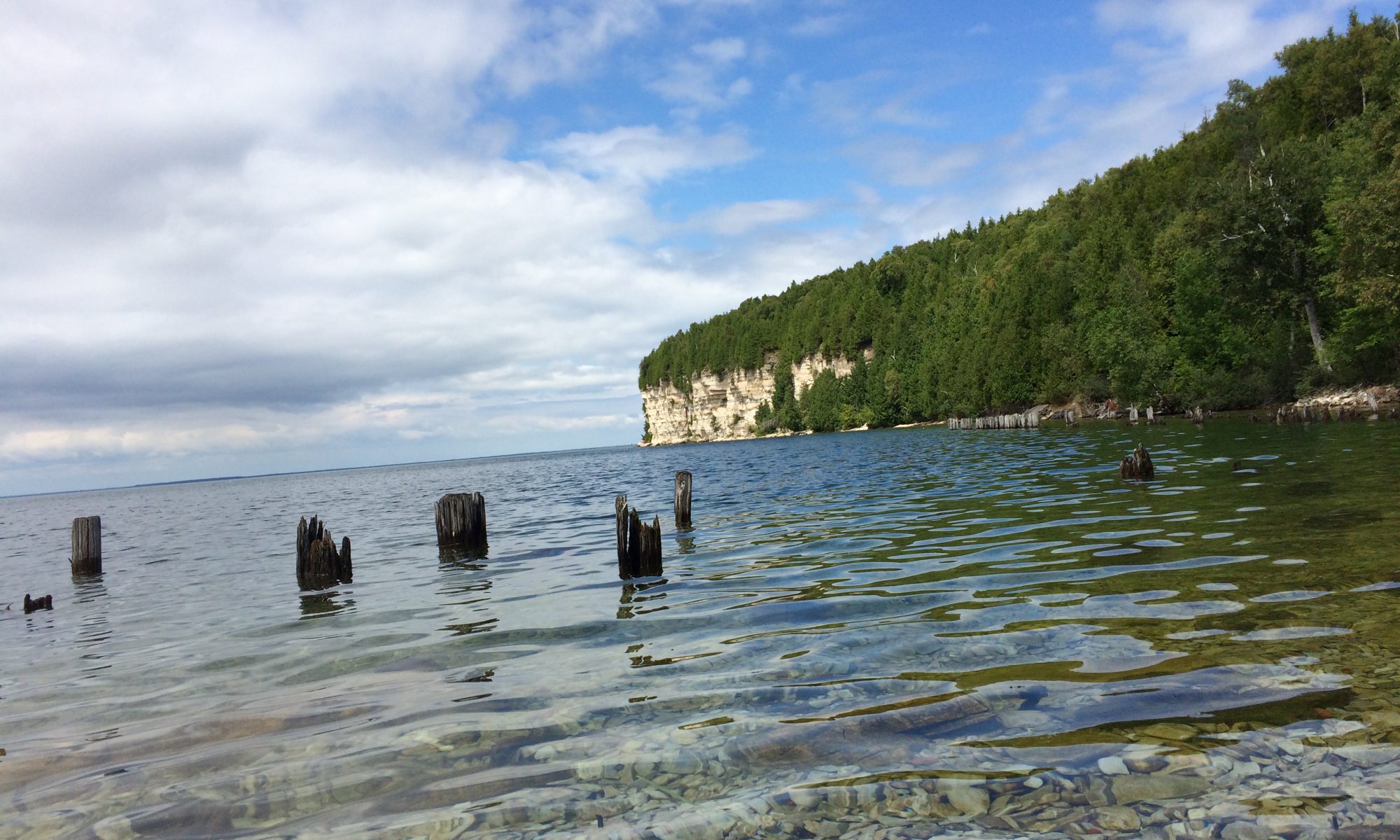
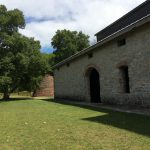
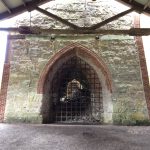
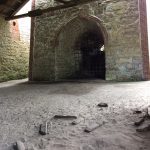
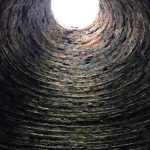

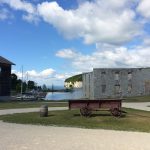

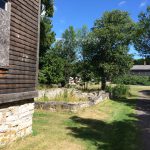
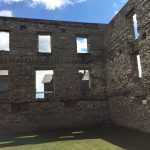

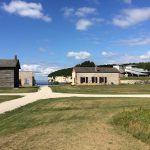
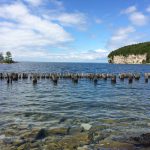
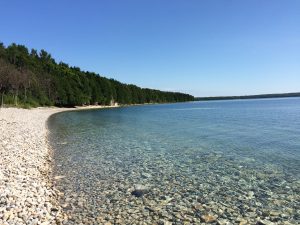
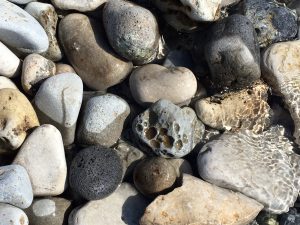
Great place to explore